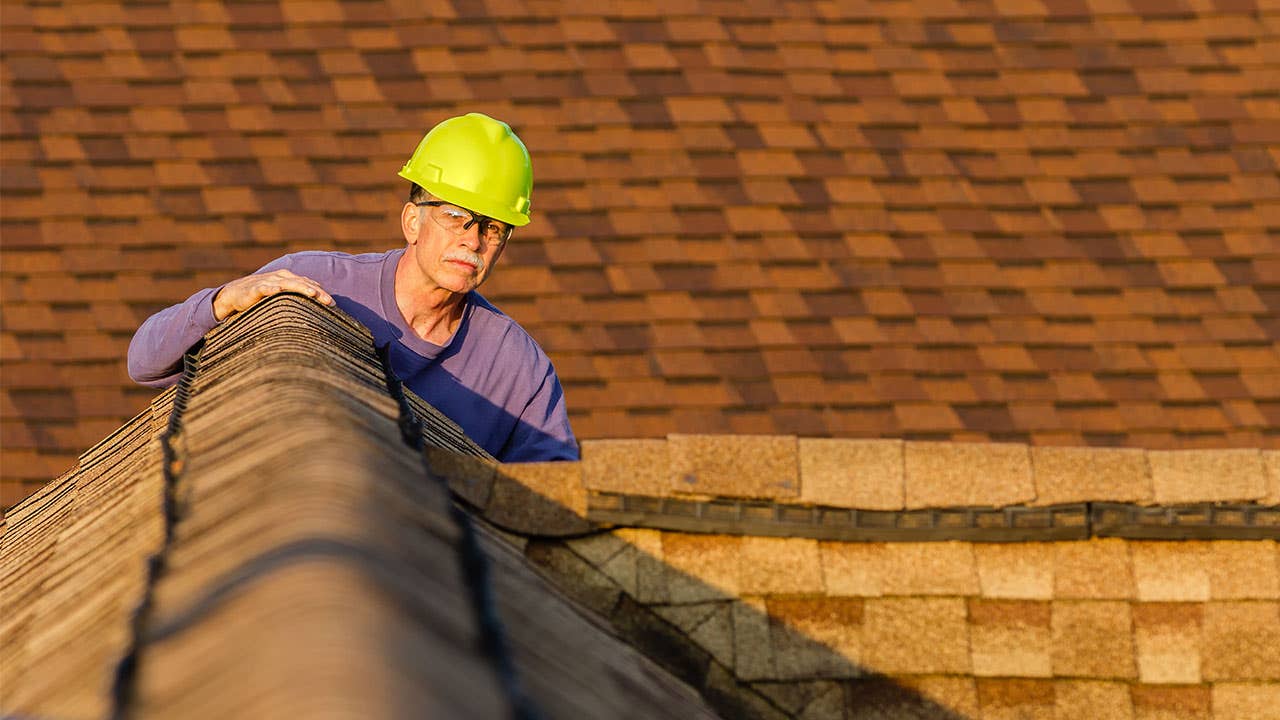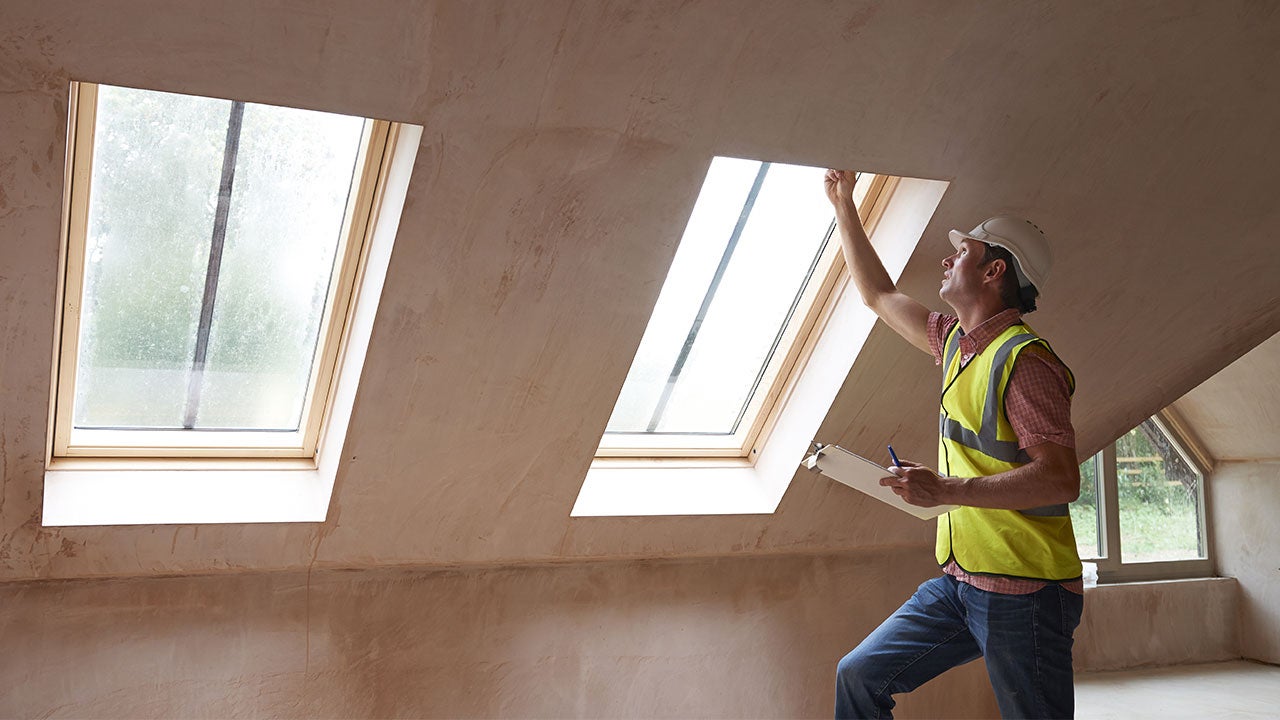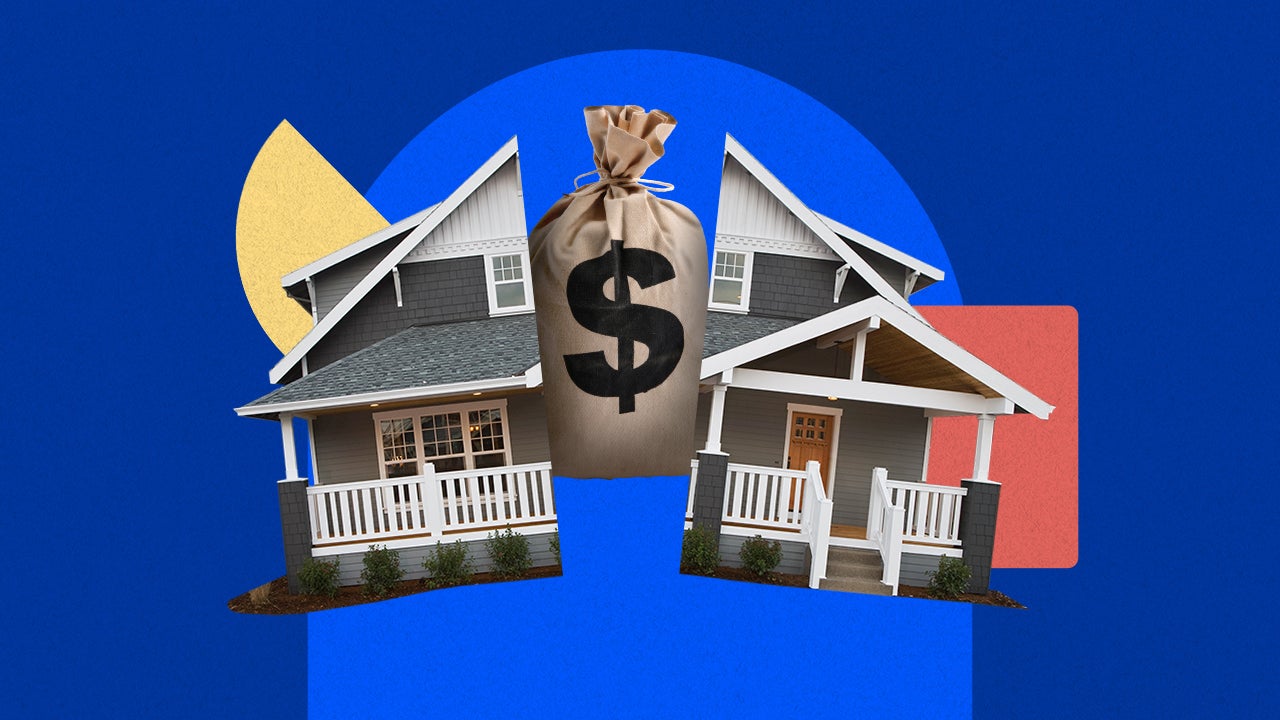Home inspection checklist for buyers




Home inspections are a key part of the homebuying process. As the buyer, you’ll want to have a qualified professional inspect the interior and exterior of the property in detail to determine if there are serious structural issues, hazards or worn-out systems.
A home inspection is conducted by a certified inspector who visits the home in person and evaluates its condition. They can take two to three hours or longer, depending on the size of the property, and they typically cost between $281 and $402 on average, according to Angi.com. Fees can vary depending on a home’s location, size and age.
Inspectors generally look at a home’s major components and systems to determine if there are any issues that require immediate attention, or that could cost you big bucks down the road. They typically encourage buyers (or their real estate agents) to be at the inspection to discuss the findings in person and ask questions. It’s best to attend the inspection yourself, if possible.
During the red-hot days of the pandemic housing market, some buyers waived inspections to make their offers more appealing — but skipping this important step is not recommended. Inspections provide you with an unbiased expert assessment of the property and help you make an informed decision on the purchase. A home inspection contingency in your purchase offer will protect you in case the inspection uncovers a “deal-breaker” problem.
Home inspection checklist
It’s crucial to know what your home inspector is looking for so that you can understand the home inspection report and decide what issues, if any, to address. The results of a home inspection can help you decide whether to ask the seller to cover the cost of repairs.
While a professional home inspection checklist can vary, inspectors are focused on a home’s physical components and systems — both inside and out. Knowing what your inspection does (and doesn’t) cover can help guide your next steps. Here are many of the items your inspector will look at:
| Exterior |
Exterior siding Garages and/or carports Exterior doors Drainage, grading, plants and retaining walls Wall coverings, flashing and trim Driveways, patios and walkways Balconies, decks, steps, porches and railings Eaves, fascias and soffits (if visible) Roof (including chimneys and other roof penetrations like skylights) Downspouts and gutters Crawl space |
|---|---|
| Basement |
Sump pump Above floor Windows Insulation Plumbing |
| Attic |
Roof Soffit vents End louvers Insulation and ventilation Electrical splices Exhaust ducts |
| Kitchen |
Visible plumbing under sink Exhaust fan vents Sink Faucet Sprayer Shut-off valves Built-in appliances |
| Bathrooms |
Visible plumbing under sink Any and all fixtures Tub Shower Sink Faucet Shower head Shower caulking Ceiling Exhaust fan Toilet |
| Interior rooms |
Doors and windows Garage doors and operators Installed kitchen appliances Walls, floors and ceilings Ductwork Cabinets and countertops Foundation Fuel burning fireplaces and stoves |
| Plumbing |
Water heater Fixtures and faucets Sump pumps Sewage ejectors Drain, vent and waste systems |
| Electrical |
Service equipment, drops, grounding and main disconnects Service cables, entrance conductors and raceways Light fixtures, receptacles and power switches Overcurrent protection devices Circuit interrupters HVAC (heating, ventilation and air conditioning), including thermostats, vents, distribution systems, access panels, insulation and vapor retarders |
| Miscellaneous |
Entrance Stairways Furnace Water heater Air conditioning Backyard |
Finding a home inspector
Your real estate agent may be able to recommend a home inspector, and try asking for recommendations from friends or relatives who are homeowners as well. You can also browse online resources from professional organizations like the American Society of Home Inspectors.
Don’t be afraid to ask questions before hiring someone, especially if the property in question is older or unique in some way. As you would before signing on to work with any service provider, check out an inspector’s reviews online to see if past customers have made any complaints. Look for someone who has several years of experience. If you’re buying an older home, you may want to seek out someone with additional training or expertise.
What’s not part of a home inspection
A home inspector generally examines components that are readily and easily accessible. Each state’s standards may differ, so check with organizations such as the International Association of Certified Home Inspectors and American Society of Home Inspectors to find out the specific requirements for your area.
The following items are typically not included on a professional home inspection checklist:
- Rodent infestation
- Landscaping
- Pests like termites and carpenter ants
- Airborne hazards such as radon
- Low-wattage electrical systems (alarm systems and phone lines)
- Areas that aren’t easily accessible
Some home inspectors offer additional services, such as mold or carbon dioxide testing, but expect to pay additional fees for these specialized tests. And if you’re buying a home with a septic system, that may need to be inspected by a different professional, so be sure to ask.
Next steps
- Ask for a home inspection contingency: Building this contingency into your purchase contract will allow you to walk away from the deal if the inspection reveals major issues, particularly if the seller is unwilling to address the problem.
- Review seller’s disclosures beforehand: Study the seller’s disclosure documents to make yourself aware of any issues that could potentially diminish the value of your property.
- Find the right inspector: Connect with your real estate agent or do your own research to find someone who is highly knowledgeable, ideally someone nearby.
- Identify potential deal-breakers: Consider what defects would make it impossible for you to complete the purchase. These could include mold, lead-based paint or structural problems.
FAQs
-
A seller’s disclosure informs you of the property seller’s knowledge of any defects that may impact the property’s value or safety. By comparison, a home inspection report is a professional home inspector’s findings after assessing the property, and a summary of the home’s condition.
-
In a competitive housing market, some buyers waive the appraisal contingency to make their offer stand out from the competition. A professional inspection is incredibly useful for buyers, though, and can actually save you from making a bad investment or worse, so it’s best not to skip it unless you really have no choice.
-
A home inspection usually takes two to four hours, depending on the size and condition of the house. Older homes or properties with outbuildings may take longer.
You may also like

5 home inspection mistakes to avoid at all costs



